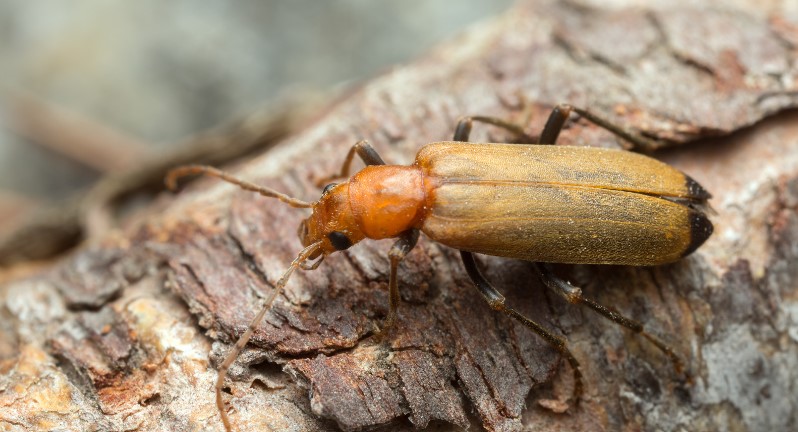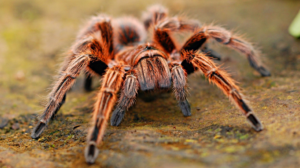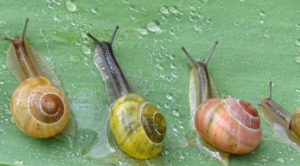Wharf borers are wood-boring beetles known for causing damage to wooden structures, especially those located near water sources like piers, docks, and old wharves.
These pests thrive in moist wood that has been softened by fungi, making them a significant concern for property owners near waterways. In this article, we’ll explore the signs of wharf borer infestations, effective methods for eliminating them, and how to prevent future infestations.
Signs of Wharf Borer Infestation
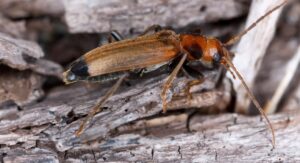
Detecting a wharf borer infestation early is key to minimising damage. Here are some common signs:
- Small Exit Holes: Wharf borers leave tiny, round exit holes in infested wood. These holes are where adult beetles emerge after their larvae stage.
- Frass: Infested wood will often have a powdery substance known as frass, which is the result of larvae feeding on the wood.
- Softened Wood: Wharf borers target wood that is already decaying, so if you notice any sections of wood that feel soft or spongy, it could be a sign of an infestation.
- Visible Larvae: The larvae of wharf borers are cream-coloured and can often be seen when damaged wood is exposed.
How to Get Rid of Wharf Borer?
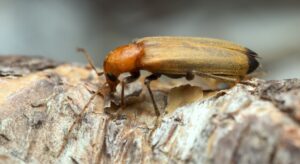
Getting rid of wharf borers involves addressing the moisture problem and removing their food source (decaying wood). Here’s a step-by-step guide:
- Identify the Source of Moisture: Wharf borers thrive in damp environments, so identifying and fixing the source of moisture is crucial. Check for leaks, inadequate drainage, or any areas where water may accumulate around wooden structures.
- Remove Infested Wood: Any decaying or water-damaged wood should be removed and replaced. Wharf borers are less likely to infest sound, dry wood. Make sure to dispose of infested wood far from other wooden structures to prevent the spread of the beetles.
- Improve Ventilation: Moist, poorly ventilated areas are attractive to wharf borers. Ensure proper ventilation in crawl spaces, basements, or other areas with wooden structures. This will help reduce humidity levels, making the environment less favourable for beetles.
- Use Chemical Treatments: In some cases, chemical insecticides or wood preservatives can be used to treat infested areas. Borate-based treatments can penetrate wood and kill larvae, helping to prevent future pest infestations.
- Monitor for Reinfestation: After removing infested wood and treating the area, continue to monitor for any signs of re-infestation. Check wooden structures regularly for new exit holes or the presence of adult beetles, particularly in damp areas.
Conclusion
Wharf borers are primarily a concern in damp, decaying wood, but their presence can signal bigger issues related to moisture and wood decay.
Regular monitoring and maintenance are key to keeping wharf borers at bay and ensuring the longevity of your wood-based assets. If you suspect a severe infestation, it’s always best to seek professional pest control services to ensure the problem is fully resolved.


